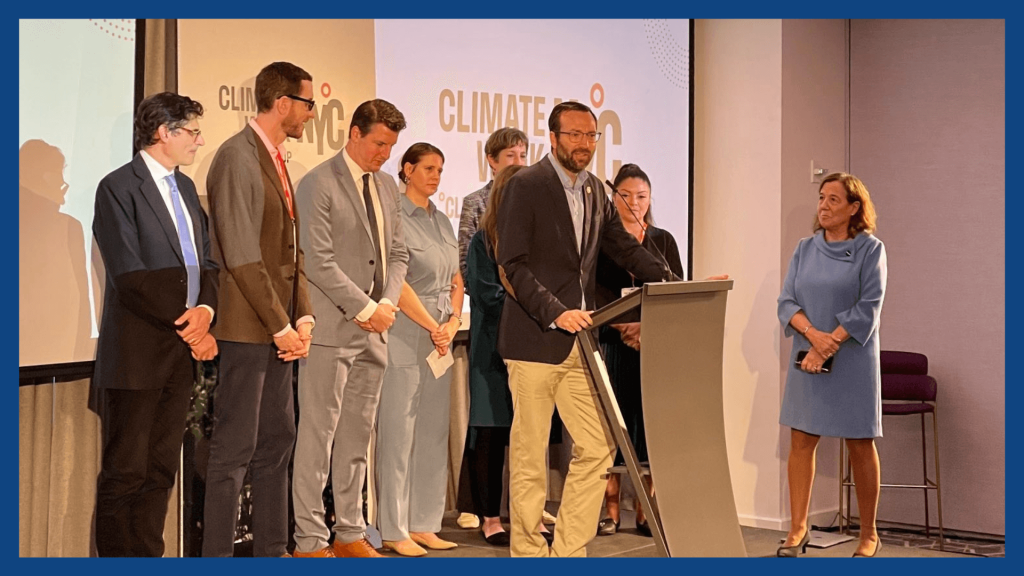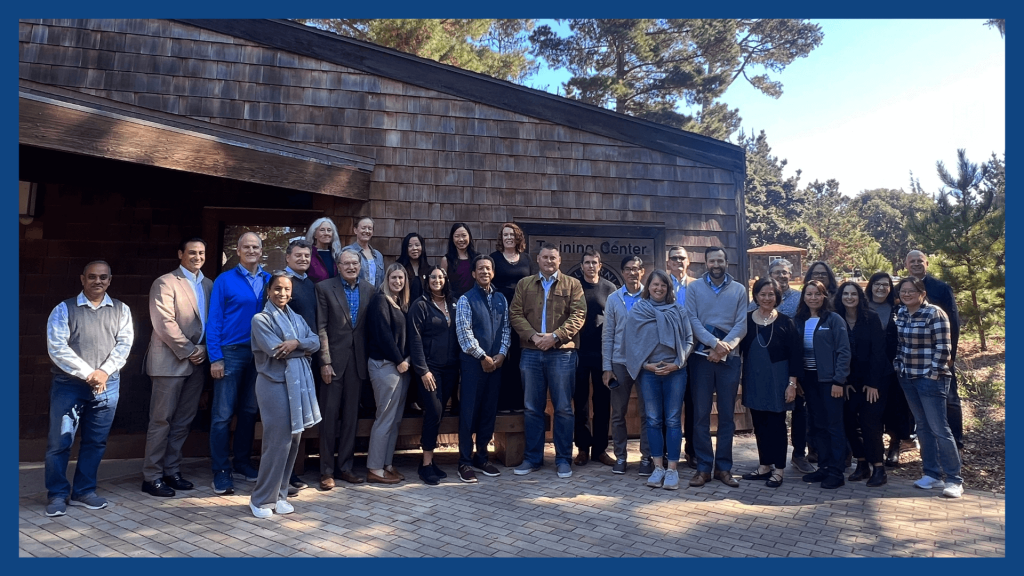As chair of the Senate Environmental Quality Committee and co-chair of the California Environmental Legislative Caucus, protecting our environment and advancing California’s global leadership in the area continues to be a major priority for me.
This year, California took a bold step with the enactment of SB 253, a first-in-the-nation measure that calls for corporate accountability for greenhouse gas emissions. Accountability is a central component of efforts to protect the planet, and that must include requiring the biggest businesses in the world to disclose if they are doing their part to reduce climate pollution. Alongside SB 253, California is now asking corporations that generate over $500 million to disclose their climate-related financial risks along with the steps they are taking to mitigate them through SB 261.

Our work in California is already making a difference, as the recent climate report showed a reduction in American emissions and highlighted California’s leadership.
Last year, I worked to pass SB 54, a landmark plastics-mitigation law that continues to receive international attention. Just last month, it was highlighted again by a Los Angeles Times editorial on waste. Plastic pollution continues to be a significant environmental challenge that also hits our cities’ and ratepayers’ pocketbooks. This year, I authored a package of bills that made it to the Governor’s desk in the continued effort to reduce needless and costly plastic pollution. While not all of them received the Governor’s signature, I remain committed to doing all that can be done to curb the environmental impact caused by the plastics problems.
- SB 622 – When Proposition 64 of 2016 legalized recreational use of marijuana, it required that each marijuana plant be tagged with a unique identifier. Unfortunately, these identifiers are typically single-use plastic tags. Signed by the Governor, SB 622 provides flexibility in the track-and-trace process, eliminating up to a quarter of a million pounds of plastic annually.
- SB 676 – Artificial turf is typically made of materials that are virtually impossible to recycle and are filled with toxins that end up in water runoff. Signed by the Governor, SB 676 provides local governments with the authority to regulate or ban the use of artificial turf in residential landscaping.
- SB 303 – SB 54 was crafted through years of intense negotiations and discussions, but some of the finer details required fine-tuning with this bill to ensure more seamless implementation.
- SB 665 – SB 54 will reduce reliance on plastic materials. As a result, many new materials will be introduced onto the market. To be smart from the start and preempt future pollution, SB 665 aimed to establish a system for evaluating plastics alternatives and handling new materials at the end of their useful life.
- SB 777 – SB 270 of 2014 established the ten-cent charge customers pay grocery stores for plastic bags. That money is supposed to go to employee and consumer education on recycling and sustainability, but it is not entirely clear this is happening. SB 777 would have required big-chain grocery stores to report to the California Department of Resources Recycling and Recovery on how those funds are being used to ensure compliance with SB 270.
Open space preservation continues to be a major priority for our region, and I remain committed to providing funding and support to those organizations and agencies to preserve open space and wilderness in our district, as well as provide access to residents looking for recreational opportunities. Recent successes include funding for parks in the Santa Monica Mountains and South Bay. I also continue to be a strong advocate for our State Parks, and I recently met with the State Parks Foundation Board to discuss advocacy and strategy for strengthening the Parks system.

I have more bills still making their way through the legislative process, including a much-needed Natural Resources and Climate Resiliency Bond, an effort to prevent unintentional incentivizing of pollution from the dairy industry, a framework to properly dispose of electric vehicle batteries once they have served their purpose, and a push to better plan for wildfire evacuations.